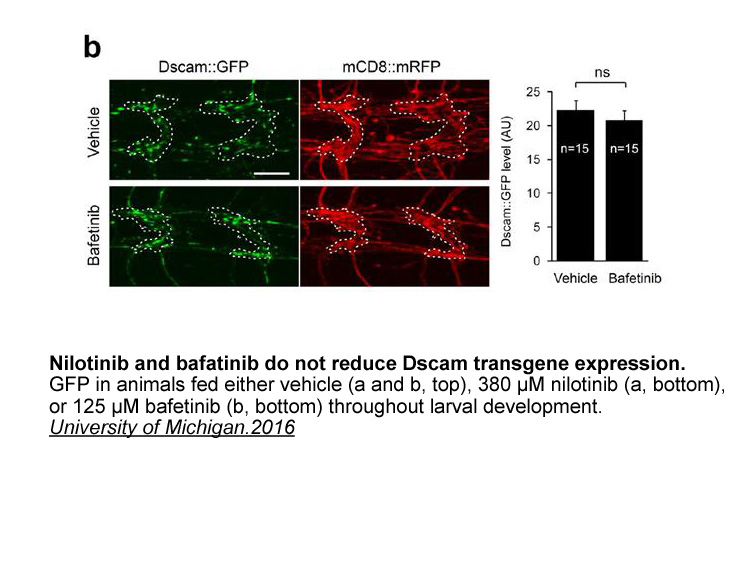Archives
In this article we have
In this article, we have outlined the increasing, as yet still circumstantial evidence that the 6TM domains of bacterial ACs might operate as receptors for as yet unknown ligands. Intriguingly, several architectural arguments are also applicable to the 6TM domains of mammalian membrane-bound ACs (mACs). Currently, these ACs are considered to be regulated entirely by cytosolic effectors. All mACs are regulated by G protein-coupled receptors via Gαs binding to the catalytic domains and, with the exception of mAC9, by the plant diterpene forskolin. In addition, multiple factors have been reported that affect specific isoforms, for example G-protein subunits Gαi and Gβγ, Ca2+ and calmodulin, and protein kinases A and C (see [4] for a detailed description of isoform-specific regulatory effects in human mACs). This raises the question as to whether the TM domains also contribute to the regulation of AC activity. Similar to the arrangement in bacterial ACs, the 6TM domains of eukaryotic mAC pseudoheterodimers are located at the N-termini of their respective modules and are connected to the catalytic domains by CTEs (see Figs. 4(A.5) and Fig. 5). This domain arrangement, particularly the presence of CTEs, indicates that signals from an N-terminal domain may affect the activity of the mACs. While the CTEs could be vestigial remnants of an ancestral signal transduction relay, their lineage-specific conservation indicates ongoing selection and a continuing functional co-evolution with the catalytic domains [78].
Acknowledgement
This work was funded by the Deutsche Forschungsgemeinschaft (SFB 766) and by institutional funds from the Max Planck Society.
Introduction
Pituitary adenylate cyclase-activating polypeptide (PACAP) is a neuropeptide that was originally isolated from extracts of ovine hypothalamus [1]. Two forms of PACAP are encoded by the same Adcyap1 gene in mammals: PACAP27 (27 amino Omecamtiv mecarbil residues) and PACAP38 (38 amino acid residues) [2]. PACAP belongs to the vasoactive intestinal polypeptide (VIP)/secretin/glucagon superfamily. PACAP and its closest paralog, VIP, bind to three types of G-protein–coupled receptor: PAC1 receptor (PAC1R), VPAC1 receptor (VPAC1R), and VPAC2 receptor (VPAC2R). Mammalian PACAP has the highest binding affinity for PAC1R, almost 1000 times greater than that for VPAC1R or VPAC2R [3]. The amino acid sequence of PACAP is well conserved among vertebrates, with over 80% homology extending from tunicates to mammals [4]. This evolutionary conservation of vertebrate PACAP sequences indicates that PACAP plays a critical role in vital physiological processes. Indeed, the physiological functions of PACAP are pleiotropic. In peripheral tissues, PACAP regulates cytoprotectants [5], immunomodulators [6], vasodilators [7,8], and exocrine secretagogues [9,10]. In the central nervous system, PACAP acts as a neuroprotectant [11,12], neurotrophic factor [13], astrocyte regulator [14,15], and stress mediator [16,17]. PACAP also regulates a wide array of cerebral functions related to feeding, anxiety, and memory [18].
The distribution and function of PACAP have also been studied in non-mammalian vertebrates. Fishes are among the most-studied non-mammalian species for PACAP research. In goldfish, PACAP stimulates growth hormone, gonadotrophin, and prolactin release from the pituitary and suppresses feeding behavior [19,20]. Most teleost fish species have two PACAP genes, adcyap1a and adcyap1b, resulting from a genome duplication in the stem lineage of teleost fish. The peptides encoded by the adcyap1a and adcyap1b genes are PACAP1 and PACAP2, respectively. PACAP-like immunoreactivity was observed in the diencephalon, mesencephalon , and rhombencephalon of the stargazer by using a stargazer PACAP-specific antibody [21]. In zebrafish, PACAP-like immunoreactivity was observed in the telencephalon, diencephalon, and cerebellum by using an anti-human PACAP antibody [22]. However, these studies did not elucidate two PACAPs distribution because of uncharacterization of the antibodies. The expression patterns of adcyap1a and adcyap1b mRNAs in the zebrafish brain differ early in development, suggesting that the function of these two PACAP gene products differs [22]. However, the detailed distribution pattern of the two PACAPs in teleost brain has not yet been determined. The aim of this study is to reveal the distribution of PACAPs in the zebrafish brain, which will contribute to our understanding of the molecular evolution of PACAP in vertebrates. To this end, we established a zebrafish PACAP-specific antibody and observed PACAP immunoreactivity in the adult zebrafish brain.
, and rhombencephalon of the stargazer by using a stargazer PACAP-specific antibody [21]. In zebrafish, PACAP-like immunoreactivity was observed in the telencephalon, diencephalon, and cerebellum by using an anti-human PACAP antibody [22]. However, these studies did not elucidate two PACAPs distribution because of uncharacterization of the antibodies. The expression patterns of adcyap1a and adcyap1b mRNAs in the zebrafish brain differ early in development, suggesting that the function of these two PACAP gene products differs [22]. However, the detailed distribution pattern of the two PACAPs in teleost brain has not yet been determined. The aim of this study is to reveal the distribution of PACAPs in the zebrafish brain, which will contribute to our understanding of the molecular evolution of PACAP in vertebrates. To this end, we established a zebrafish PACAP-specific antibody and observed PACAP immunoreactivity in the adult zebrafish brain.